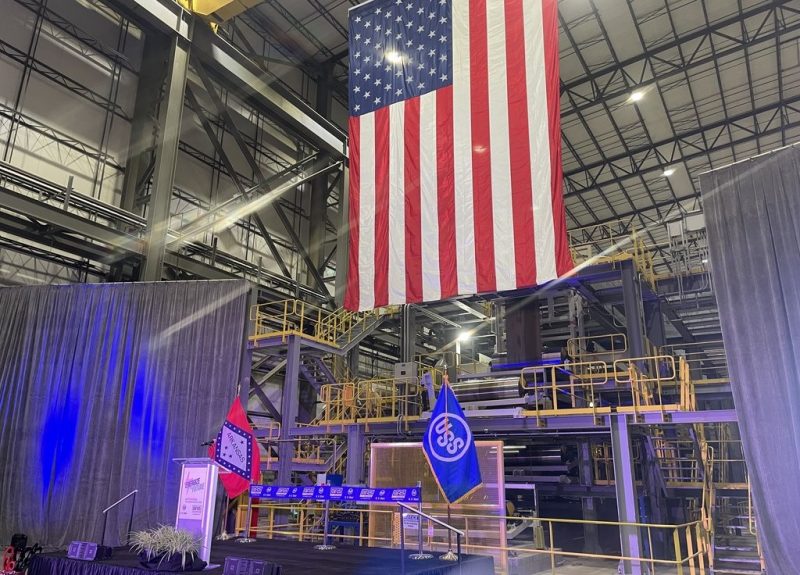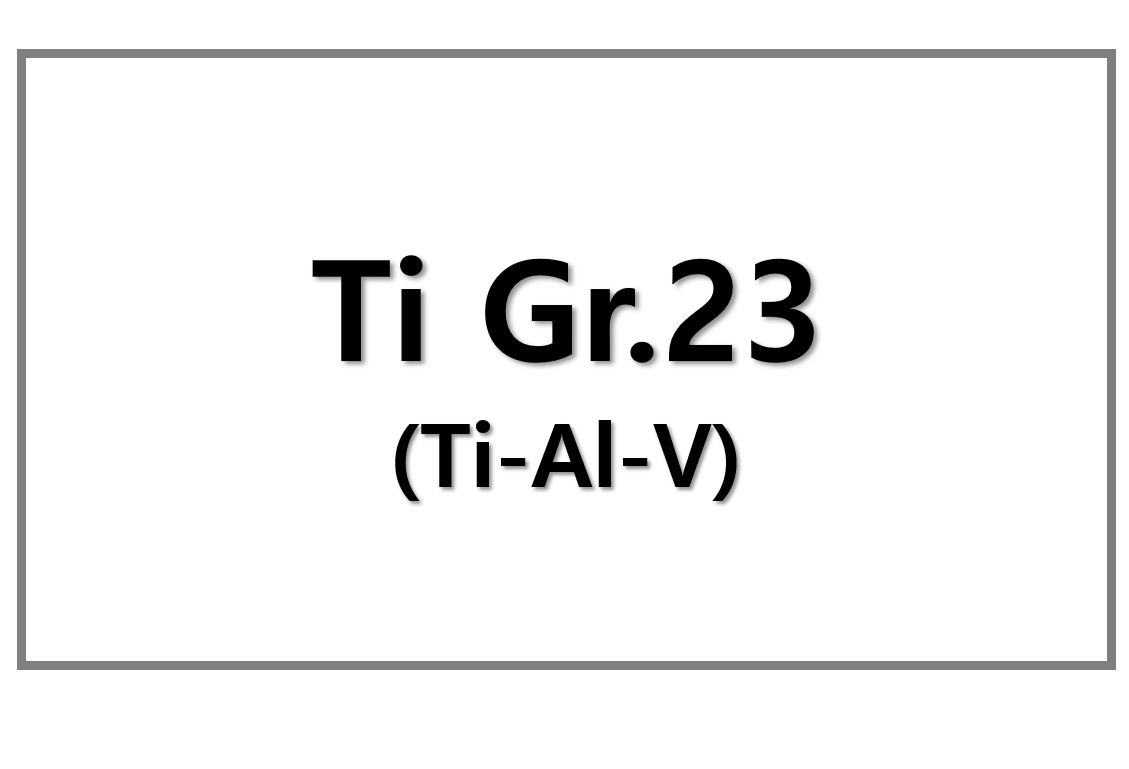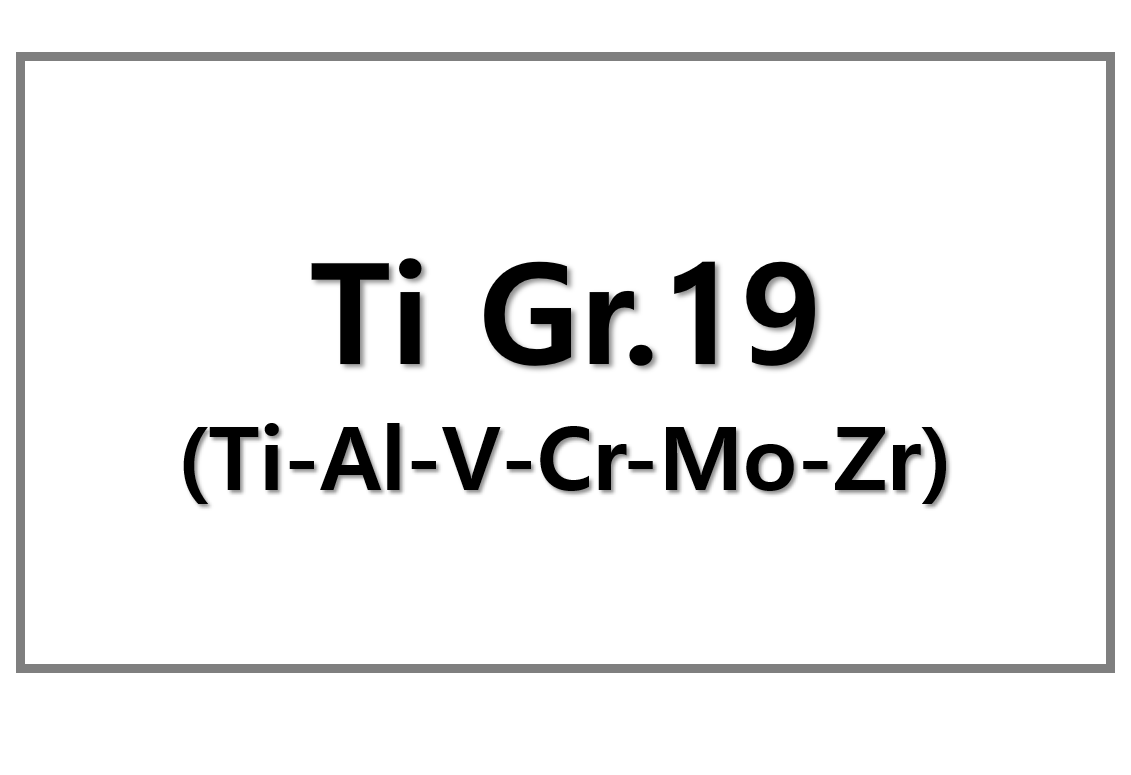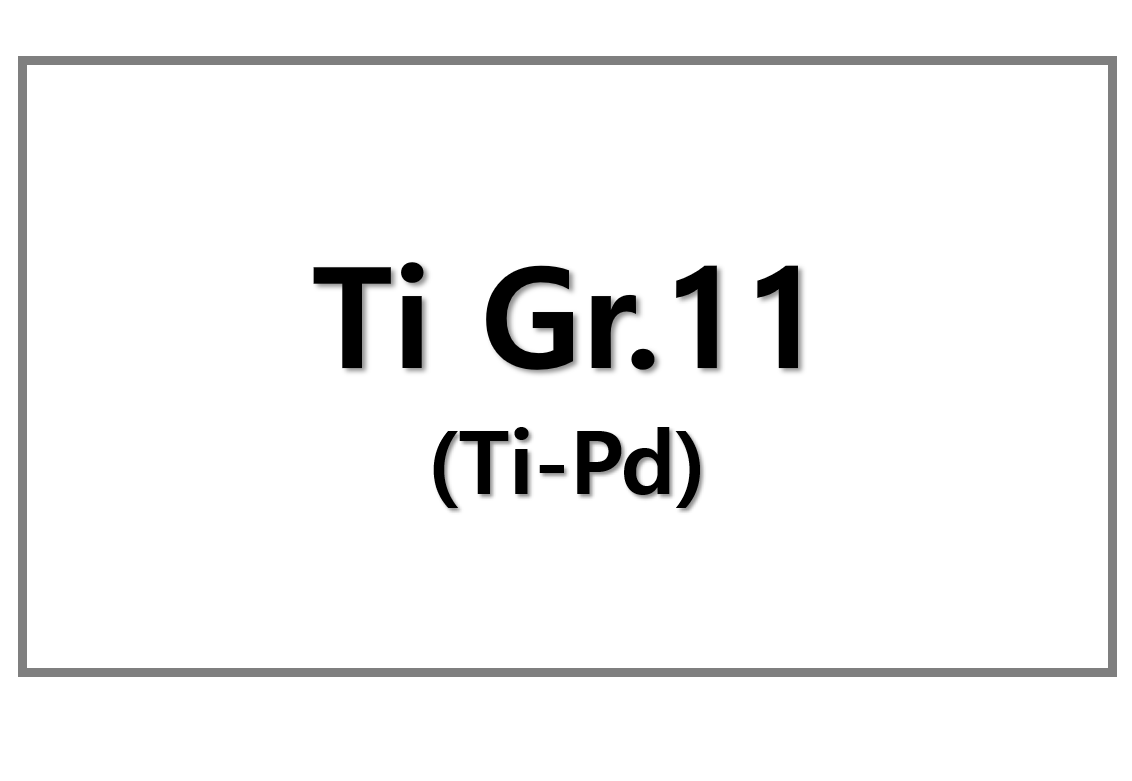
Big River Steel DRI Plant Investment Gains Momentum
Big River Steel may soon add a DRI plant to its Arkansas steelmaking campus, marking a strategic shift in the U.S. steel supply chain. The Big River Steel DRI plant proposal follows new reports from MSNBC and Talk Business & Politics, which confirmed that United States Steel Corp., now part of Nippon Steel Corp., plans to expand direct-reduced iron production in Osceola. This development could reshape raw material flows for electric arc furnace producers across North America.
Meanwhile, U.S. Steel leaders continue to present the project as a major step in low-emission steelmaking. Senior Manager Amanda Malkowski told Talk Business & Politics that the DRI facility will use iron ore pellets from the company’s Minnesota mines. As a result, the Big River Steel DRI plant will integrate upstream mining assets with downstream mini-mill steel production. This alignment signals U.S. Steel’s intent to build a fully controlled iron unit pipeline.
Minnesota Iron Supply Supports Big River Steel DRI Plant Plans
U.S. Steel reinforced the significance of its Minnesota operations with new economic data released Wednesday. The company cited an analysis from Parker Strategy Group showing that its Iron Range investments generated $2.5 billion in state economic impact and supported more than 6,800 jobs. These mines in Mountain Iron and Keewatin will supply the iron ore pellets for the planned DRI facility in Arkansas. Therefore, the Big River Steel DRI plant will directly connect to one of the strongest ore-to-steel ecosystems in North America.
In addition, Big River Steel’s current melt shops rely heavily on recycled steel. The site’s ResponsibleSteel certification shows a 57 percent recycled content rate and emissions of just 1.3 tons of CO₂ per ton of steel. Executives previously noted that the plant could run on up to 90 percent scrap feed. However, the introduction of a DRI module could change this balance and shift material demand away from regional steel recyclers.
Potential Market Impact and Strategic Direction
The move toward virgin iron units reflects a broader industry push to control metallics supply as scrap markets tighten. It also strengthens U.S. Steel’s competitive position against global EAF producers that already rely on DRI or hot briquetted iron. Although full project details remain pending, the company appears aligned with long-term decarbonization goals while improving feedstock reliability.
SuperMetalPrice Commentary:
U.S. Steel’s decision to advance a DRI plant at Big River Steel signals a major pivot for the U.S. metallics market. The project could reduce local scrap demand and increase pressure on recyclers near the Mississippi River corridor. However, it also positions the Osceola complex as a vertically integrated low-carbon steel hub. Investors should monitor pellet supply dynamics, EAF metallics competition, and potential price effects on premium scrap grades in 2025–2026.











Leave a Reply
You must be logged in to post a comment.